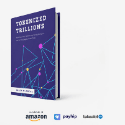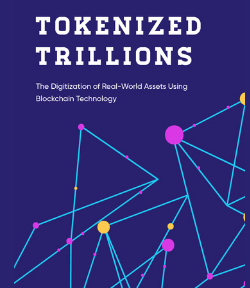
We’ve spent decades kicking the financial can down the road. Now, we’re running out of road.
For years, central banks have used ultra-low interest rates, money printing, and debt-fueled stimulus to “boost” economies. On paper, it worked: markets rallied, recessions were softened, and borrowing was cheap. But beneath the surface, a dangerous imbalance has been growing – one that now threatens the entire global financial system.
We’re Addicted to Cheap Money
The problem is simple: debt. Governments, corporations, and households are more indebted than ever before. Central banks, afraid of triggering mass bankruptcies, have become trapped. They can’t raise interest rates without crashing the economy. But keeping rates too low fuels inflation and bubbles.
This is what economists call financial dominance – when central banks lose the ability to act independently because the system is too fragile to handle the consequences. Raise rates? Risk a credit meltdown. Lower them? Welcome more inflation.
The Fiscal Time Bomb Is Ticking
It’s not just the private sector. Governments are now deep in the red. In the U.S. alone, nearly $10 trillion in debt needs to be rolled over in 2025. And with higher interest rates, debt service costs are exploding. Some countries are already struggling to sell long-term bonds – so they’re issuing short-term debt instead. It’s a dangerous game of financial chicken.
This leads to a terrifying cycle: if investors stop buying government debt, central banks may have to step in and “print” the difference. That’s how you end up with inflation – or worse, hyperinflation.
Inflation or Deflation: Either Way, It’s Fragile
Here’s the irony: we’re stuck between two extremes. On one side, we risk a debt deflation spiral – falling prices, defaults, and economic collapse. On the other, we face inflationary repression – where governments quietly erode debt by keeping interest rates below inflation, draining savers to pay off borrowers.
Neither path is sustainable. Both are rooted in the same core flaw: a monetary system built on ever-increasing debt and politically motivated money creation.
Bitcoin Is Not a Fix-All, But a Real Alternative
This is where Bitcoin enters the picture – not as a magic solution, but as a radically different foundation.
Bitcoin doesn’t rely on debt. It has no central authority that can manipulate supply. It can’t be inflated, seized, or easily corrupted. It’s money with rules – not rulers.
While central banks quietly accumulate gold again (a telling signal of lost faith in fiat), more institutions and individuals are turning to Bitcoin as a new form of monetary insurance. Not because it’s trendy – but because it’s designed to survive the kind of systemic breakdown we’re now flirting with.
Why This Matters Now
We’re entering what some call the age of scarcity – where globalization slows, demographics shift, energy costs rise, and economic growth becomes harder to find. In that world, the old playbook of endless stimulus won’t work.
What’s needed isn’t more band-aids – it’s a new system. One that values sound money, individual sovereignty, and long-term thinking.
Bitcoin might not be perfect, but it’s honest. And in a world of fiscal smoke and mirrors, that might just be enough to spark the reset we need.






